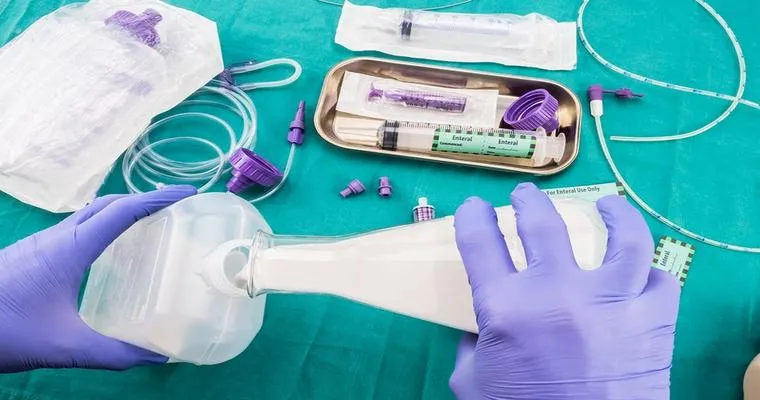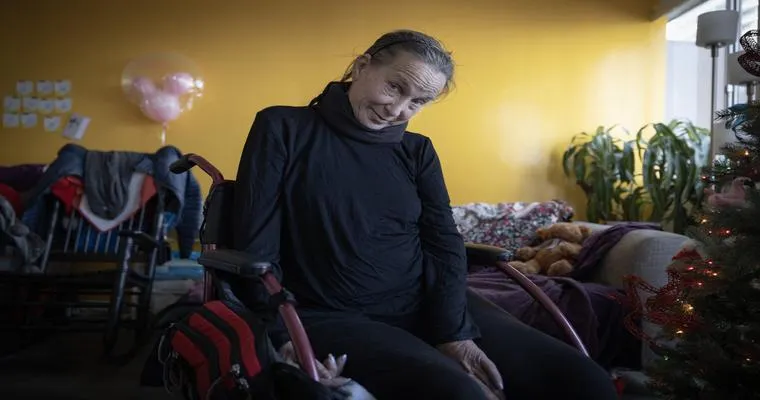Effective "caregiver communication" is crucial when discussing "feeding tube insertion" with patients and their families. As caregivers, understanding the emotional and physical implications of this procedure can significantly impact the patient's experience and recovery. This article will explore essential aspects of communication regarding feeding tube insertion, ensuring that caregivers are well-equipped to provide clear, compassionate, and informative support.
When a patient requires a feeding tube, it is often due to medical conditions that hinder their ability to eat or absorb nutrients. Caregivers play a vital role in conveying the reasons for the procedure, the process involved, and the expected outcomes. Clear communication helps alleviate anxiety and foster trust between caregivers, patients, and their families.
Understanding the Need for a Feeding Tube
Before discussing feeding tube insertion, caregivers should first ensure that patients and their families understand why this intervention is necessary. Common reasons include swallowing difficulties, neurological disorders, or severe malnutrition. By explaining the medical rationale behind the decision, caregivers can help patients and families feel more informed and involved in the care process.
Explaining the Procedure
Caregivers should provide a detailed explanation of the "feeding tube insertion procedure". This includes what to expect before, during, and after the placement. Use simple language and avoid medical jargon to ensure comprehension. Discuss the types of feeding tubes available, like nasogastric tubes or PEG tubes, and the advantages and disadvantages of each option. Visual aids or pamphlets can be helpful tools in enhancing understanding.
Addressing Concerns and Questions
Patients and their families may have numerous concerns regarding the feeding tube insertion. Caregivers must create an open environment for dialogue, encouraging questions and addressing fears. Common concerns may include pain associated with the procedure, potential complications, and the overall impact on the patient’s quality of life. Providing honest, empathetic responses can alleviate anxiety and strengthen the caregiver-patient relationship.
Discussing Aftercare and Management
Once the feeding tube is in place, caregivers should communicate how to care for the tube, including cleaning instructions, recognizing signs of infection, and understanding feeding schedules. Ensuring that patients and their families are comfortable with managing the feeding tube at home is essential for successful long-term care. Providing written instructions and resources can be beneficial for reference.
Emotional Support and Reassurance
Feeding tube insertion can be an emotional experience for both patients and their families. Caregivers should offer support and reassurance throughout the process. Acknowledge the emotional challenges associated with this transition and validate their feelings. Providing resources for counseling or support groups may also be beneficial for those struggling to cope with the changes.
Continuous Communication
Caregiver communication does not end once the feeding tube is inserted. Ongoing conversations about the patient's progress, adjustments to feeding plans, and addressing any emerging concerns are vital. Regular check-ins can help identify issues early and foster a collaborative approach to care.
Conclusion
In conclusion, effective caregiver communication about feeding tube insertion is essential for ensuring a smooth transition for patients and their families. By providing clear, compassionate information, addressing concerns, and offering ongoing support, caregivers can make a significant difference in the patient experience. Remember that communication is not just about sharing information; it's about building trust and fostering a supportive environment for those navigating the challenges of feeding tube insertion.





